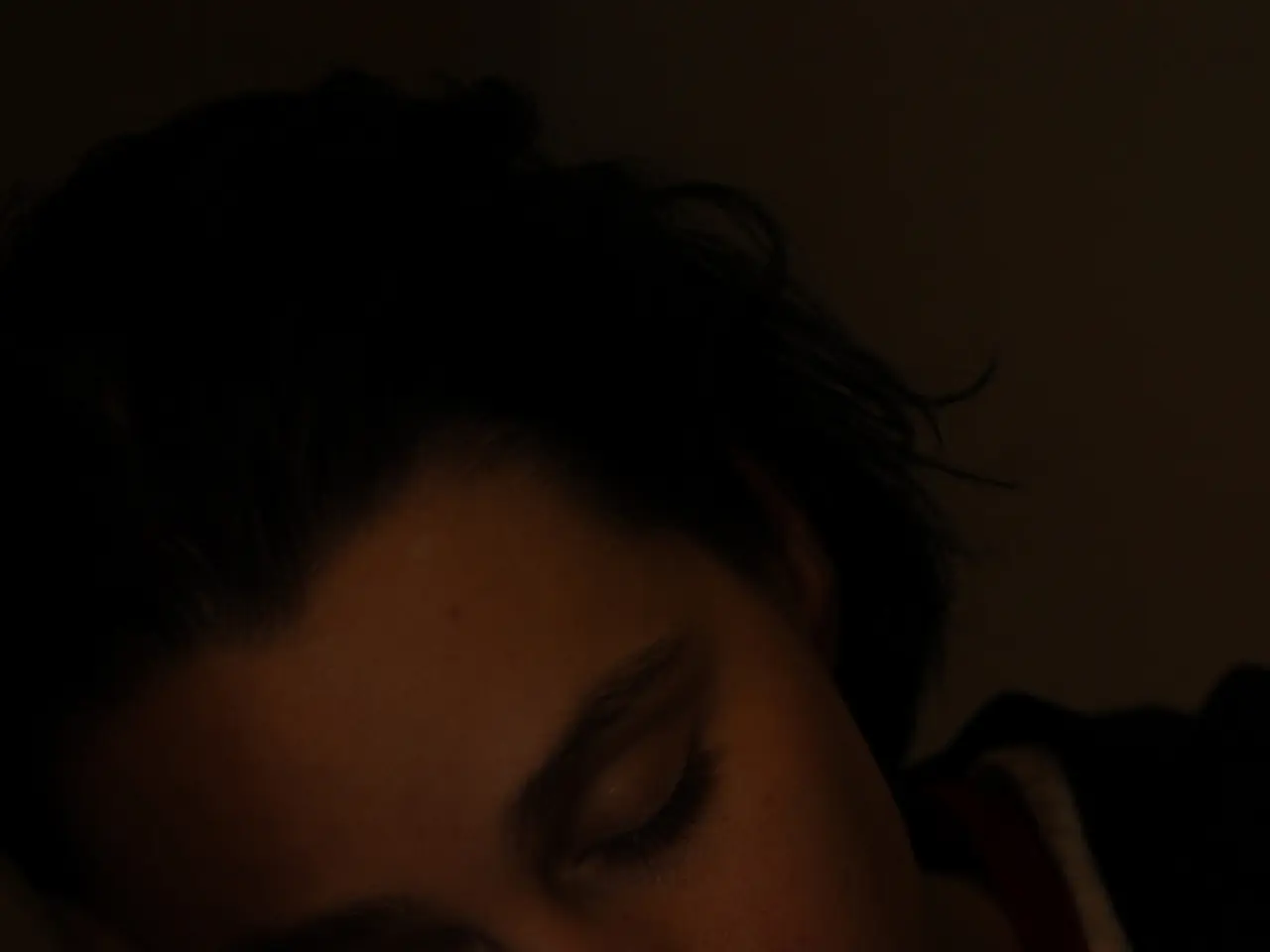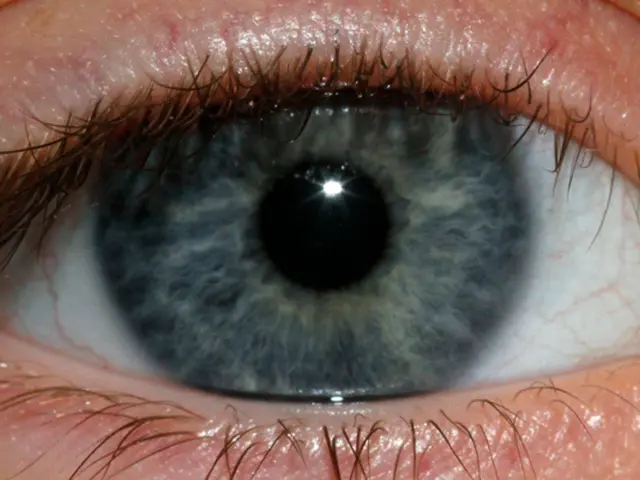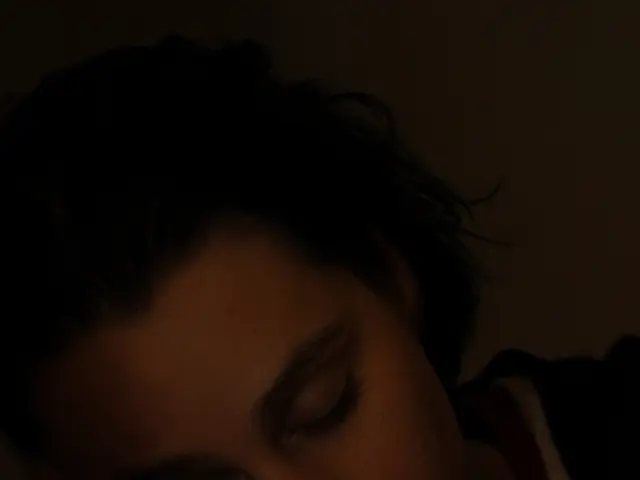Respiratory Disorders: Exploration of Causes, Classifications, and Remedies for Hypopnea
Hypopnea, a sleep disorder characterized by shallow or abnormally slow breathing during sleep, is a common feature of a condition called Obstructive Sleep Apnea Hypopnea Syndrome (OSAHS). This condition disrupts normal sleep cycles and reduces oxygen delivery to the body, leading to a host of symptoms.
Symptoms of Hypopnea
The symptoms of hypopnea are similar to those of OSAHS and may include loud snoring, episodes of gasping or choking for air during sleep, pauses or shallow breaths observed during sleep, excessive daytime sleepiness or fatigue, morning headaches, difficulty concentrating, behavioral changes or irritability, and in some cases, insomnia.
Causes of Hypopnea
The causes of hypopnea overlap significantly with those of OSAHS and primarily involve partial airway obstruction during sleep. This obstruction can be due to relaxed throat muscles during sleep, increased soft tissue around the airway, anatomical features such as enlarged tonsils, a large tongue base, or a narrow airway, the use of alcohol or sedatives, smoking and nasal congestion, age, neurological conditions, or structural abnormalities such as mandibular hypoplasia.
Treatment and Management
Effective management of hypopnea aims to keep the airway open, improve oxygen levels, and restore restful sleep. The most common and effective treatment for moderate to severe hypopnea is Continuous Positive Airway Pressure (CPAP) therapy, which delivers pressurized air to keep the airway open during sleep, reducing hypopnea episodes and improving sleep quality.
Other treatment options include oral appliances or Mandibular Advancement Devices (MADs), which advance the lower jaw forward to maintain airway openness, and lifestyle modifications such as weight loss, avoiding alcohol or sedatives before bedtime, quitting smoking, and managing nasal congestion.
In some cases, surgical options may be considered, especially if anatomical abnormalities are a major cause. However, these are less commonly first-line treatments.
It is crucial for anyone experiencing excessive daytime sleepiness or several risk factors associated with sleep apnea to discuss this with their doctor. Early diagnosis and treatment can help prevent serious health complications, including daytime sleepiness, heart problems, and surgical problems.
In summary, hypopnea is a sleep disorder that can lead to serious health complications if left untreated. Its symptoms include loud snoring, gasping during sleep, and daytime fatigue due to partial airway obstruction. Treatment typically involves CPAP therapy or oral appliances, combined with lifestyle changes to reduce risk factors and improve sleep quality.
- The symptoms of hypopnea, a common feature of Obstructive Sleep Apnea Hypopnea Syndrome (OSAHS), can include chronic diseases such as loud snoring and episodes of gasping or choking for air during sleep.
- Respiratory conditions, like hypopnea, may lead to medical-conditions such as excessive daytime sleepiness or fatigue, morning headaches, difficulty concentrating, and behavioral changes or irritability.
- For those diagnosed with hypopnea, the aim of treatment is not only to improve sleep quality and restore restful sleep, but also to manage associated health-and-wellness issues, including potential chronic diseases and respiratory conditions.






